|
Photography Know-How
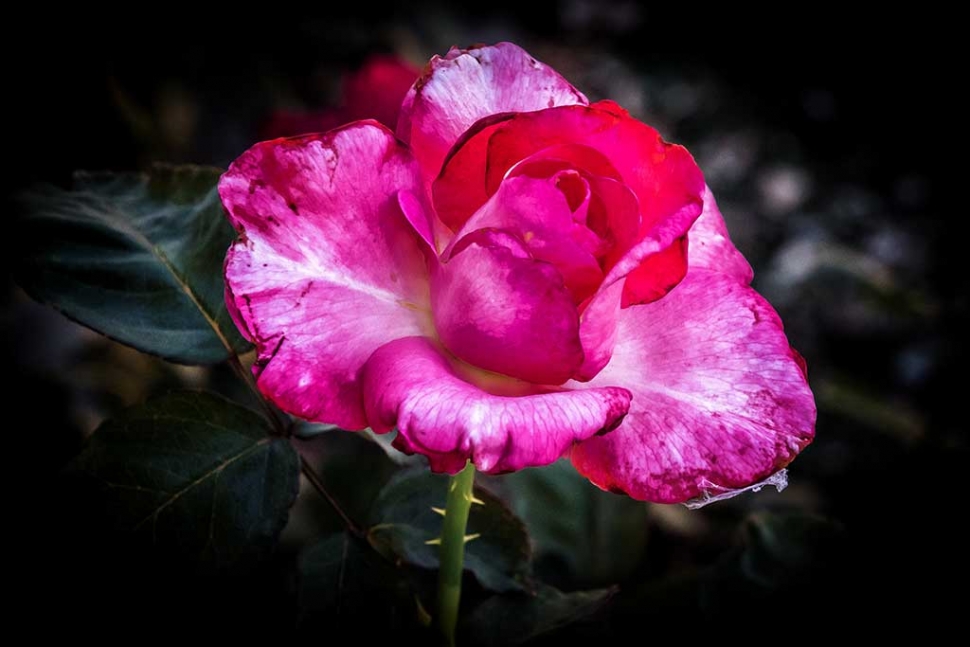 Photo of the Week "Exquisite rose" by Bob Crum. Photo data: Manual mode, ISO 2000, 16-300mm lens @77mm, aperture f/11 shutter speed @1/400. By Bob Crum — Wednesday, June 28th, 2017
“P” Mode is OK
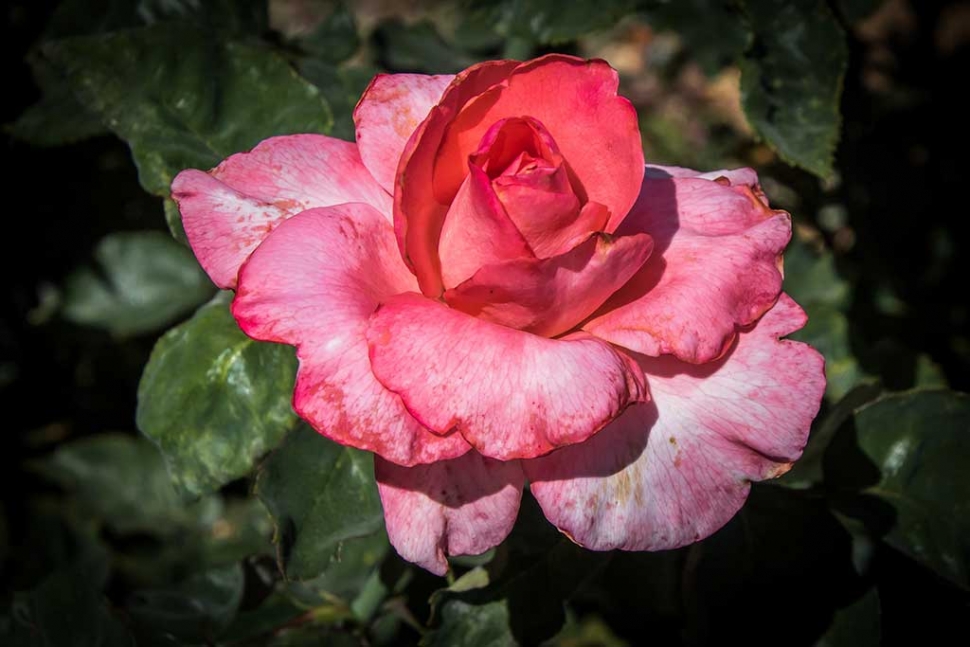 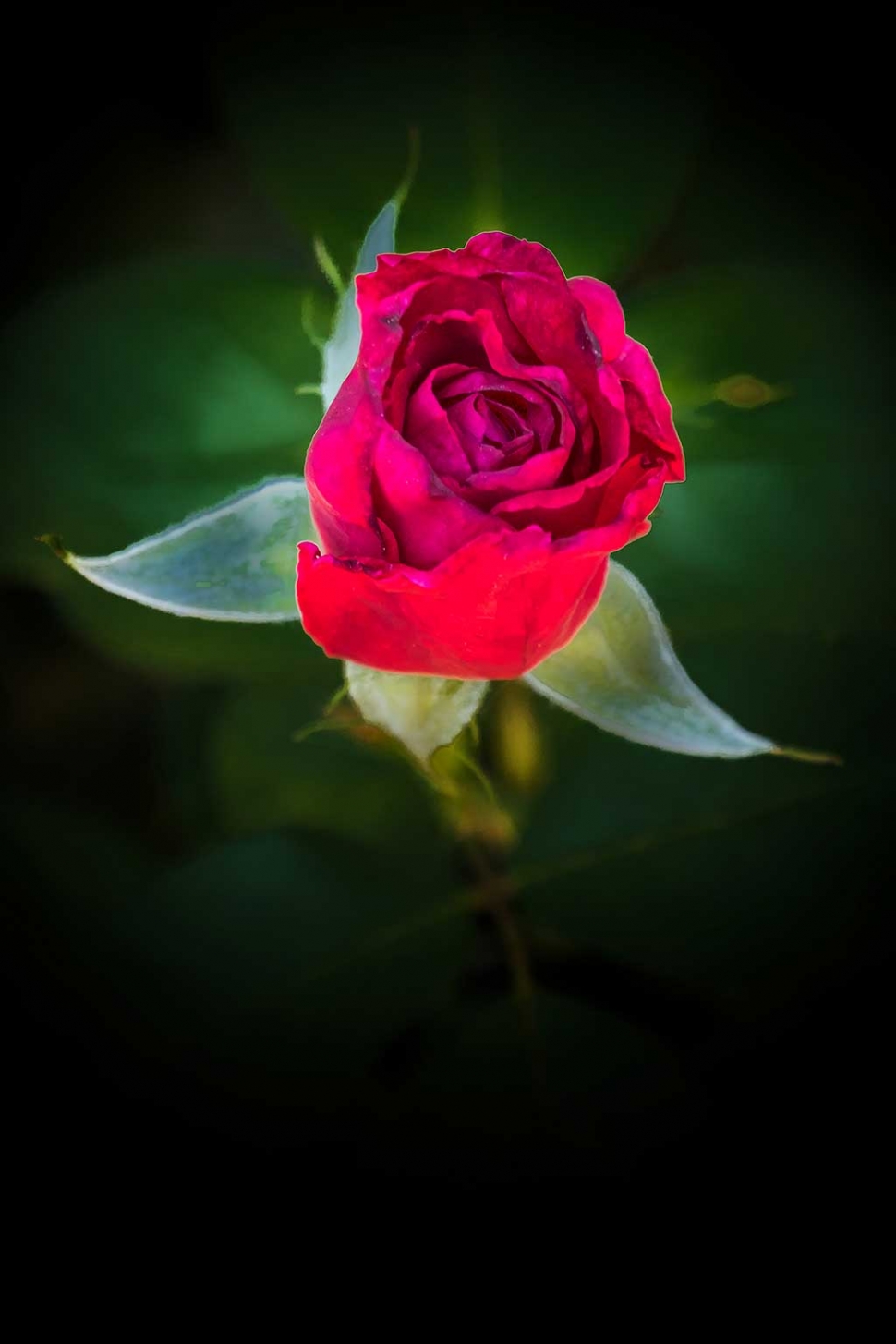 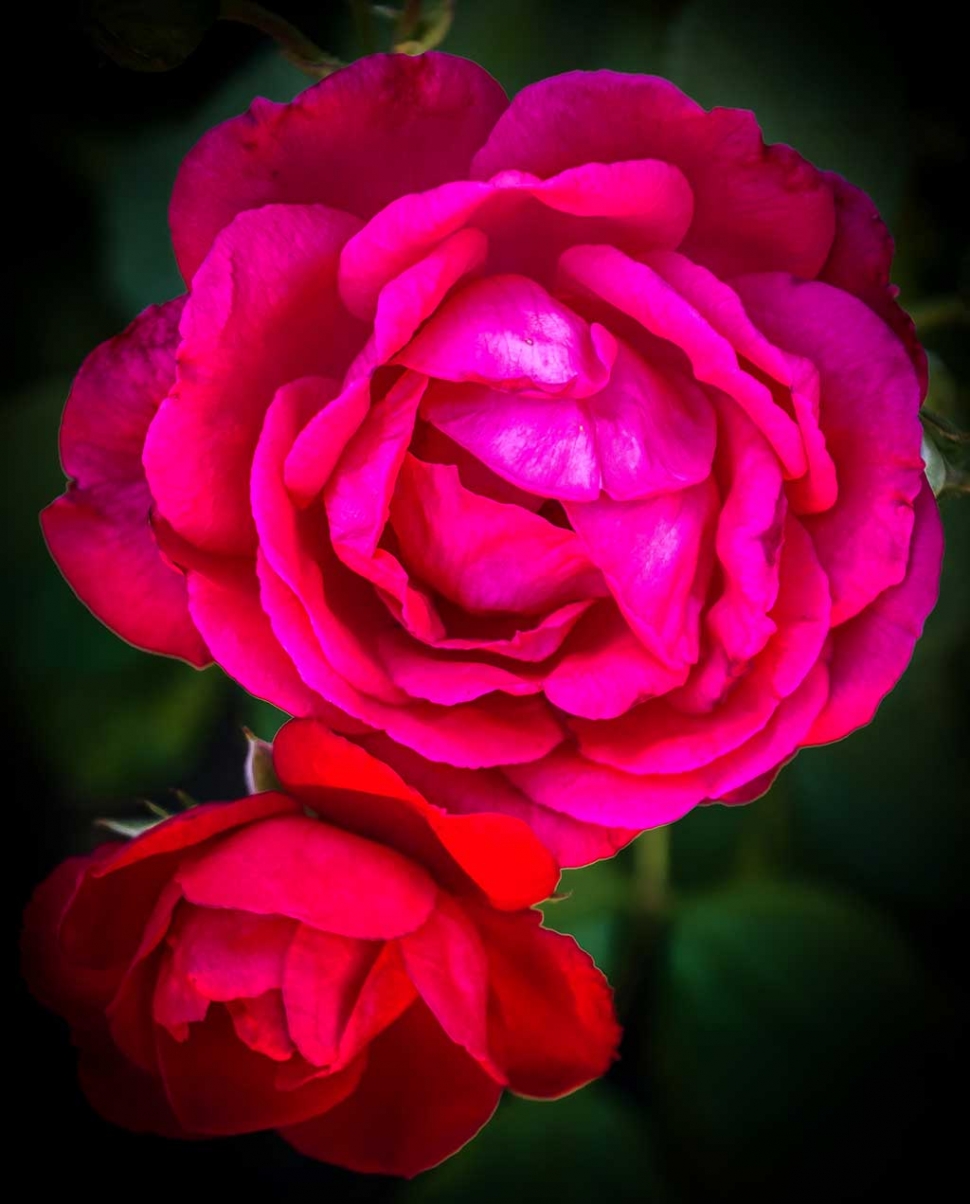 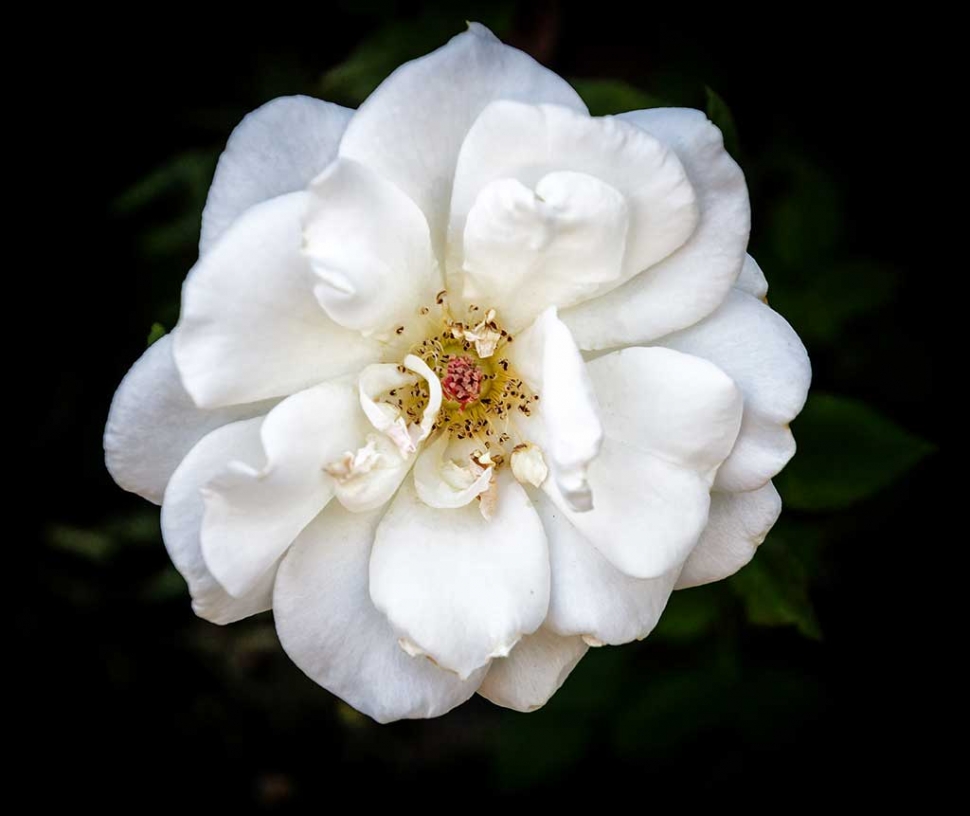 Questions keep pouring in weekly. If I don't get to answering your question, stay tuned. I may (or may not) get to it one day. (hint: bribes work!) First question by Chester B: Why don't you ever mention that it's OK to shoot in “P” mode? Well, Chester, I so rarely use it... I think the last time was back in 1962... that it's not uppermost in my mind. I only use “P” mode when absolutely necessary. By the way folks, “P” stands for “Program”... not “Professional” mode. On rare occasions I switched to “P” mode. While “P” mode sometimes saves the day (and paycheck) it's important to recognize the limitations. To compensate for a decrease in light, the camera may elect to reduce the shutter speed in order to obtain a respectable exposure. Thus I have to be sure to hold the camera VERY steady or create a blurry photo. And no paycheck. Or the camera may instead decide to open the aperture for sufficient light for a respectable exposure. That precludes my desire for either bokeh or depth-of-field (DOF). However, when shooting events, bokeh (background blur) and DOF are seldom significant factors. Getting the subject in focus is most important. Or no paycheck. All things considered, I only use “P” mode to get the shot (and paycheck) in extraordinarily difficult circumstances that happen quickly. It's almost always too restrictive for me. It removes my ability to “create” the image that I perceive in my mind. For example, when shooting sunbathing Sespe Creek mermaids (presently tanning at Surfer's Point) in “P” mode, the camera will arbitrarily set the shutter speed and aperture sufficient to get a respectable exposure. That's OK for a snapshot. I prefer to take control and create the photo. If the background is a distraction, I simply open the aperture which decreases DOF and creates a nice blurry background: Bokeh. Maybe I'll have the sun back-light the mermaid and with proper camera adjustments create a silhouette. Lovely! By taking control, bingo, I create the image that I want. Um, almost. Tweaking is the norm... maybe a lil shutter speed adjustment... or tweak the aperture... maybe shift the ISO a bit... now BINGO. I just “created” the perfect mermaid photo! And a paycheck. Of course, this is all predicated on the fact that I have time to make the required adjustments. When I don't, then it's time to “P”. Obviously, when I take control of the camera I have the ability to “create” an image to my liking and preference. I love the fulfilling, creative aspect of photography. But Chester, taking snapshots in “P” mode is certainly OK. Tally ho! But I'll bet that with just a little effort on your part at taking control of the camera, you will “P” less. Just sayin'. Roses are from my garden. Too hot to venture far afield. Happy photoing! Email questions, comments and/or suggestions to: bob@fillmoregazette.com |
